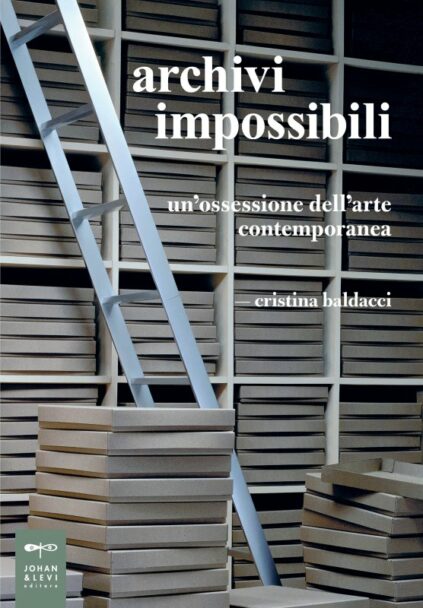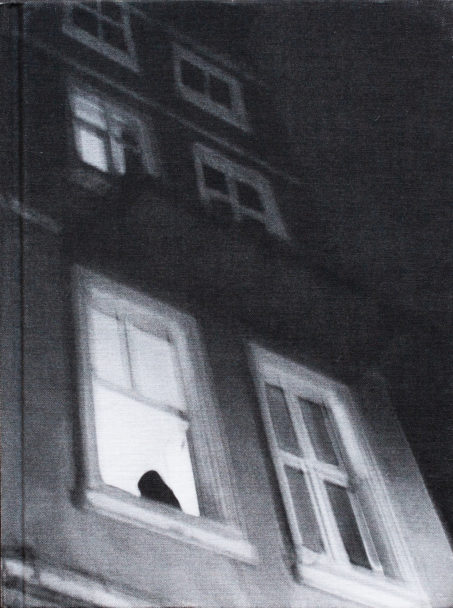
Cristina Baldacci, Archivi impossibili, 2017
22 Euro

1 in stock
Long before the spread of social networks and recording media made us all potential archivists, contemporary artists rethought forms of cataloguing using languages and media at their disposal, often drawing inspiration from visual compendia and “portable museums” of illustrious 20th-century antecedents such as Warburg’s Bilderatlas and Malraux’s imaginary museum. From Gerhard Richter’s atlas, a collection of thousands of images used as iconographic sources for painting, to Hanne Darboven’s album, a monumental cosmology condensing personal history and collective memory, to Marcel Broodthaers’s museum, a shrewd instrument of institutional criticism, to Hans Haacke’s filing cabinet, a means of investigation and socio-political engagement, the archival fury has now taken possession of artistic practice. Whether behind every taxonomic impetus there is a desire for order, a search for identity, impatience with the traditional organisation of knowledge and power, or a mere horror vacui that drives the dispositional to create true sanctuaries of banality, there is always underlying the need to restore a deeper logic to relics and traces: taken, assembled and reinserted into a new context, are charged with an unexpected value. Hence the archive is no longer just an inert heap of documents from which springs that disturbance that Derrida associates with the mnestic process, but becomes, in the Foucauldian sense, a critical device capable of regenerating the usual logics of safeguarding, utilising and disseminating knowledge, of reactivating memory and political conscience.In this perspective, the artist becomes a primary actor of social and cultural change.In this volume, Cristina Baldacci retraces the long and articulated history of interest in archival practice, recomposing the rich mosaic of roles and meanings that the archive has assumed over time and its relevance as a work of art, thus as an atypical and, in some ways, impossible classification system.






